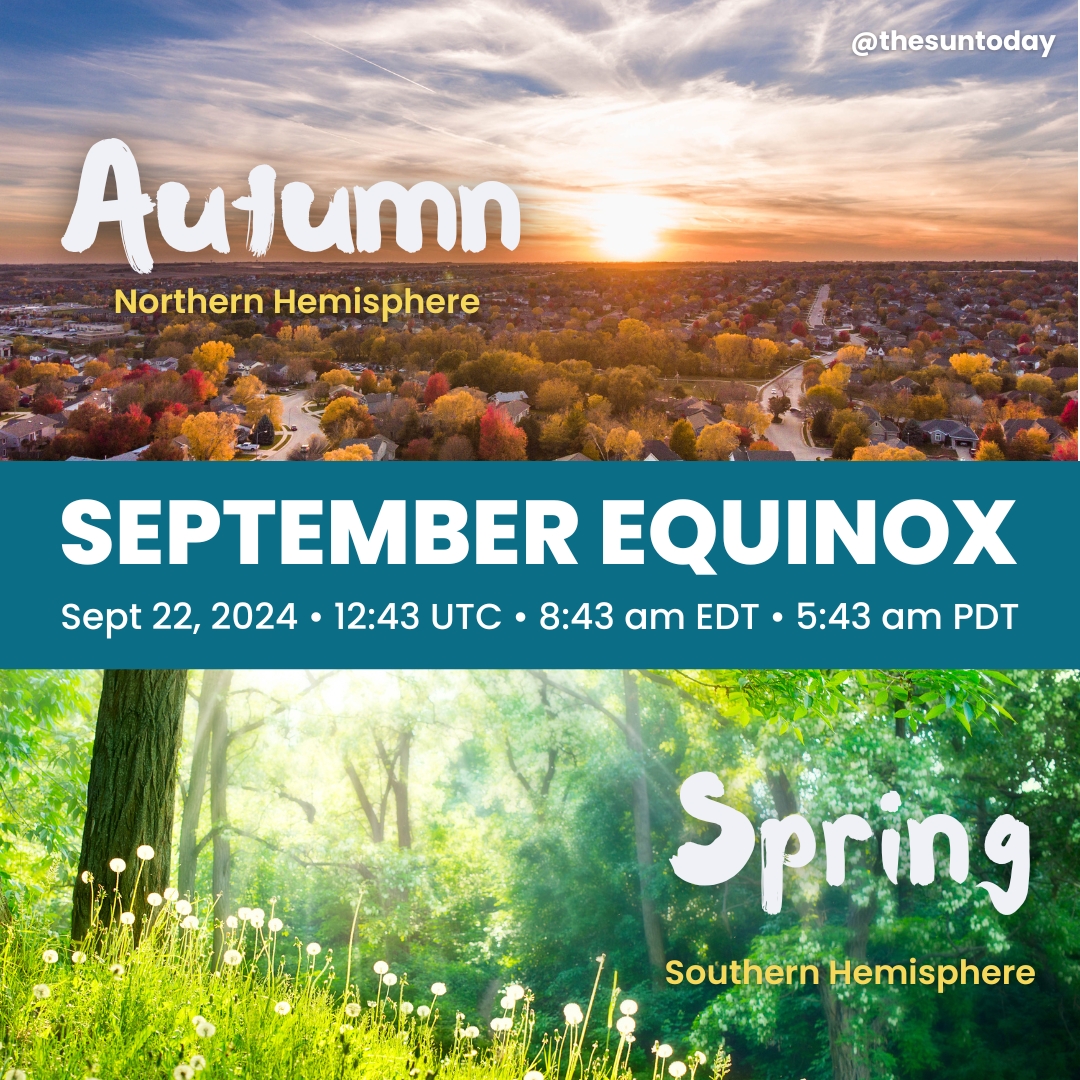

Two coronal holes observed by the AIA instrument aboard SDO. The image was taken in the 193 Angstrom wavelength of extreme ultraviolet light.
Two coronal holes that develop over several days stand out in this image and video clip of the Sun from SDO’s AIA instrument (Jan. 9-12, 2010). In the extreme UV wavelength of 193 Angstroms, one dark coronal hole intensifies just above the Sun center and a second one appears lower down and to the left near the end of the clip. Coronal holes are magnetically open areas from which high-speed solar wind streams out into space. They appear darker in this wavelength because there is just less of the material that is being imaged, in this case ionized iron. When rotation carries a coronal holes passed the Sun center, the solar wind stream begins to be aimed towards Earth where it can begin to generate aurora, especially in the higher latitudes.
Here is an image of an Aurora produced by one of these high speed streams. The image was taken by Fredrik Broms.
Broms commented on Spaceweather.com: “The beauty of the Arctic is in full swing. Strong auroras have been observed each night for a full week now, beginning after nightfall and going on most of the night until early morning. A particularly nice display came on Jan. 13th when the sky exploded in green and purple. Bright moonlight only added to the beauty.” More of his pictures as well as many others can be found in the Aurora galleries at Spaceweather.com.
(credit: Steele Hill and SDO, from the SDO Pick of the Week for Jan. 14, 2011; spaceweather.com)





